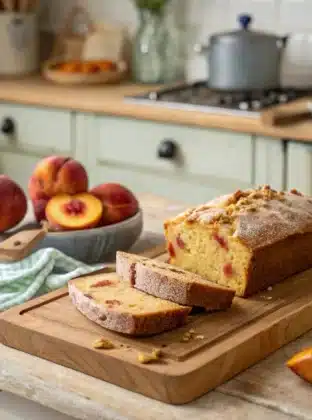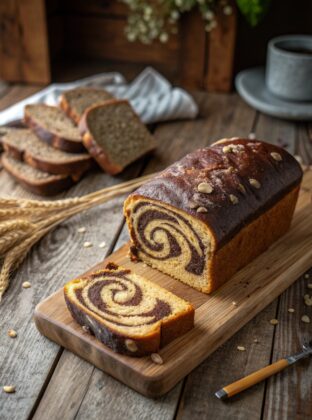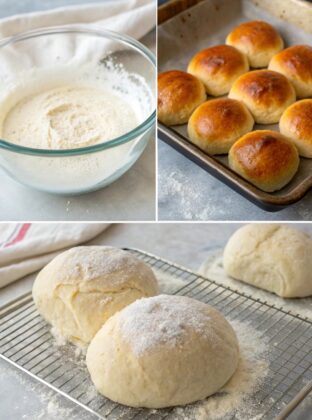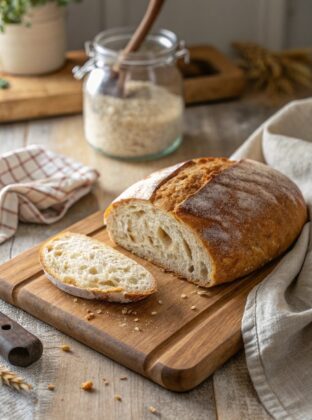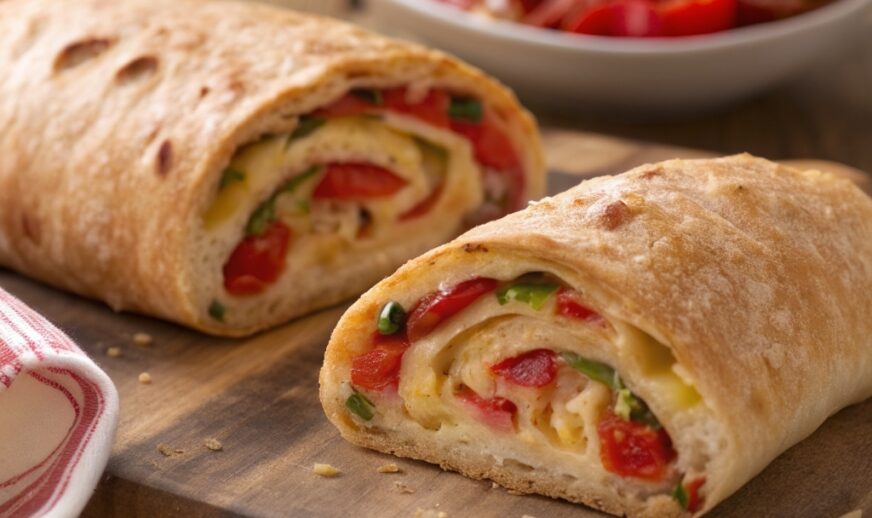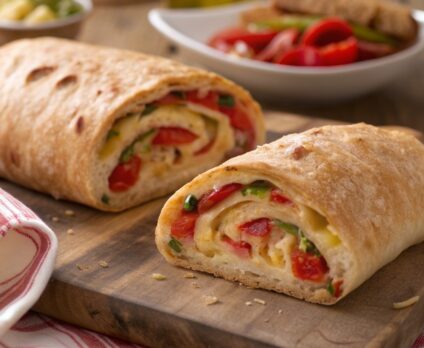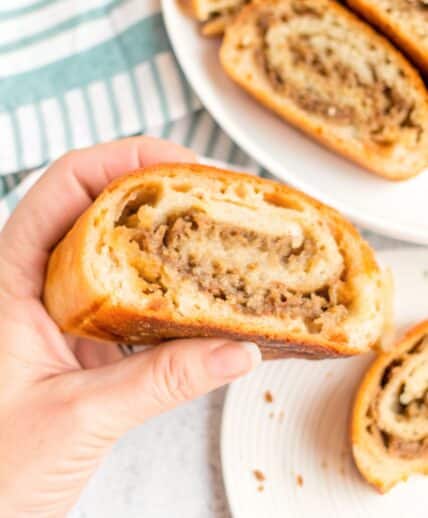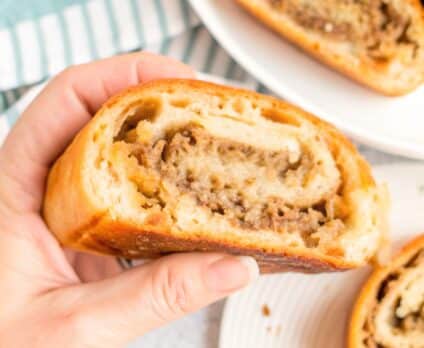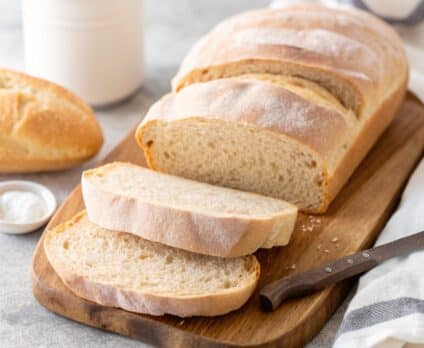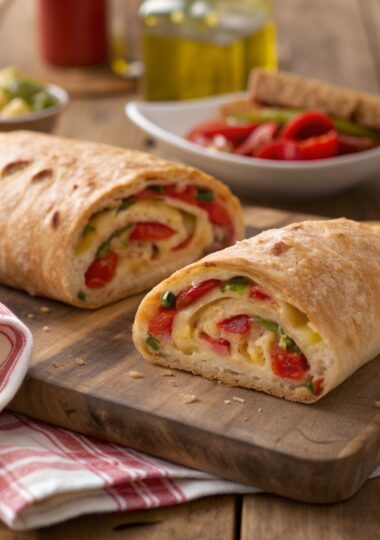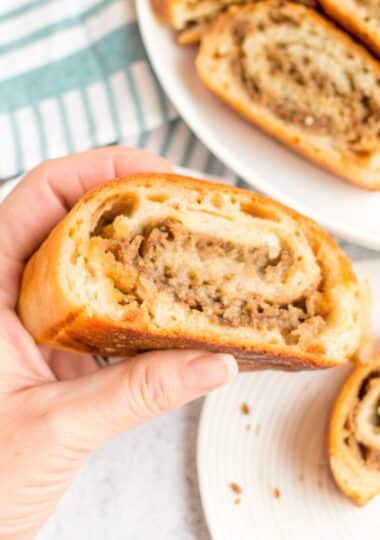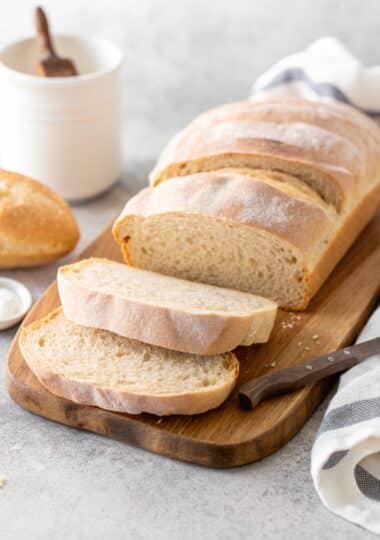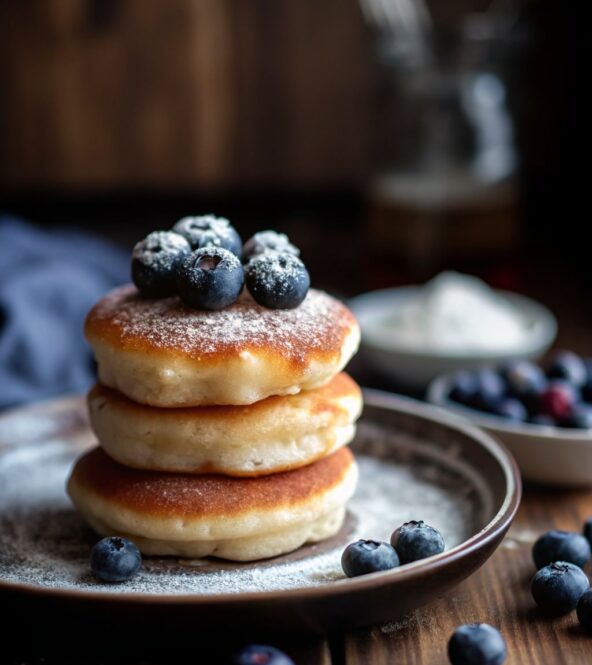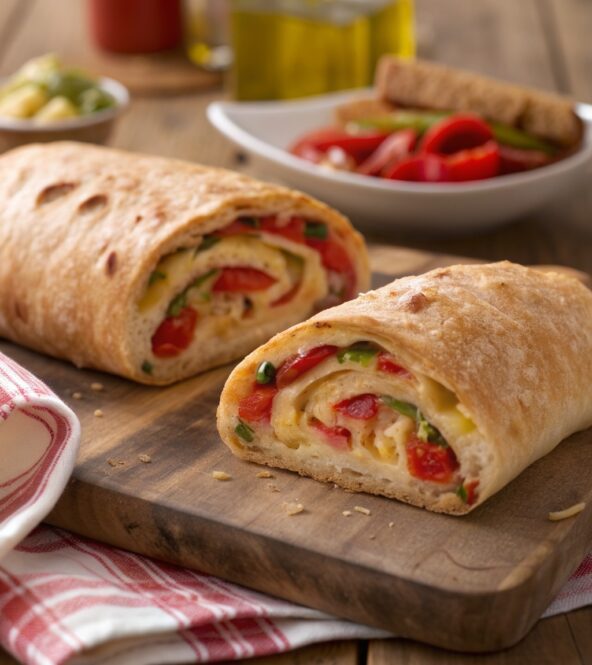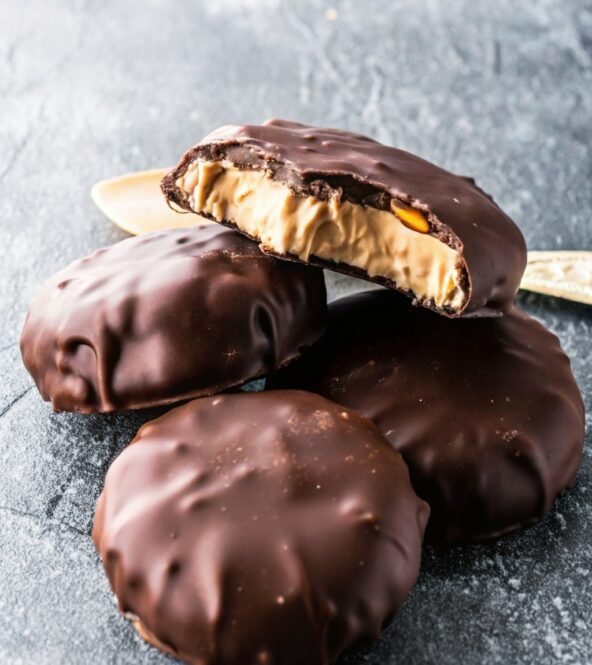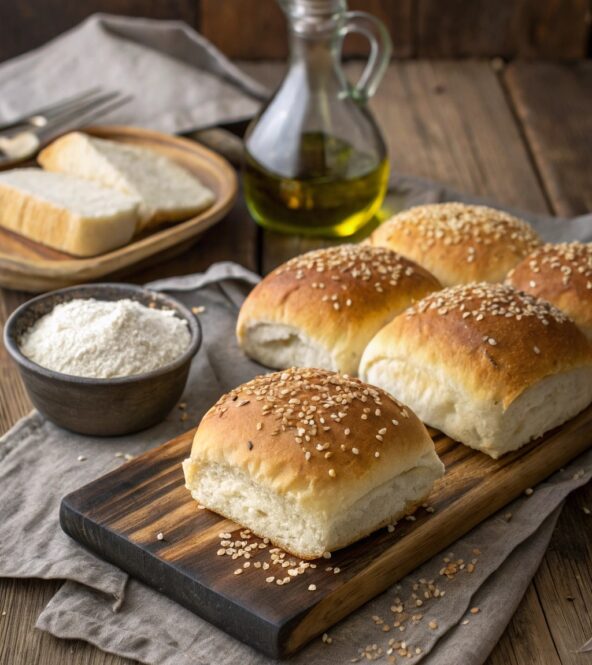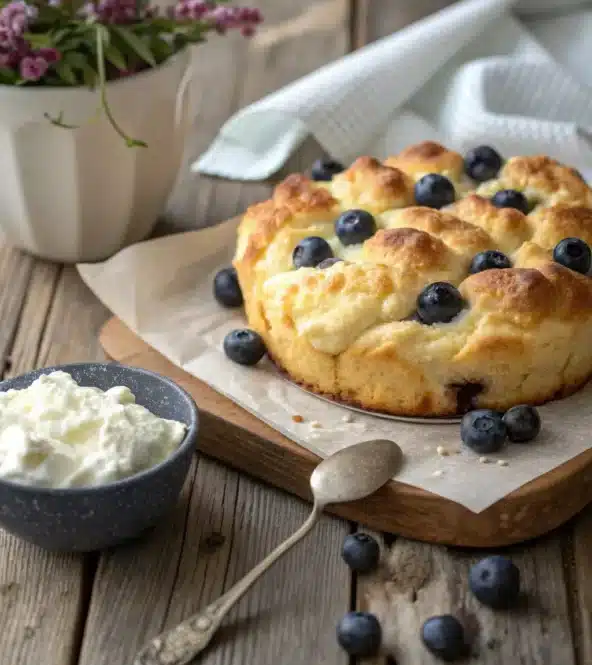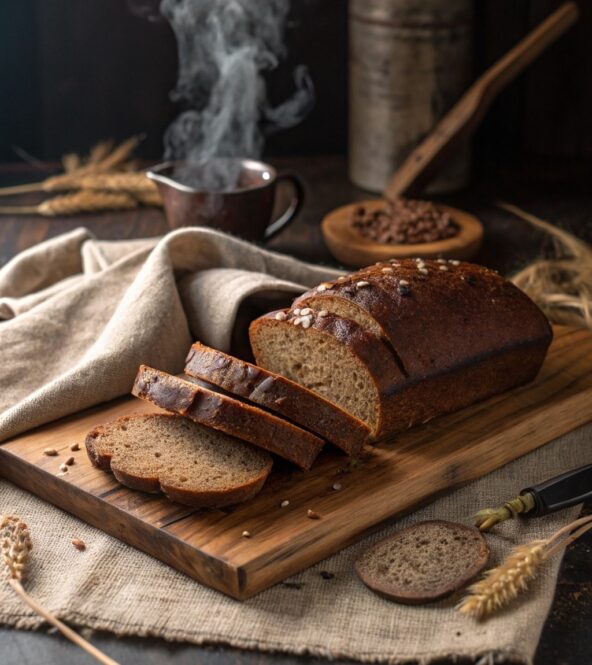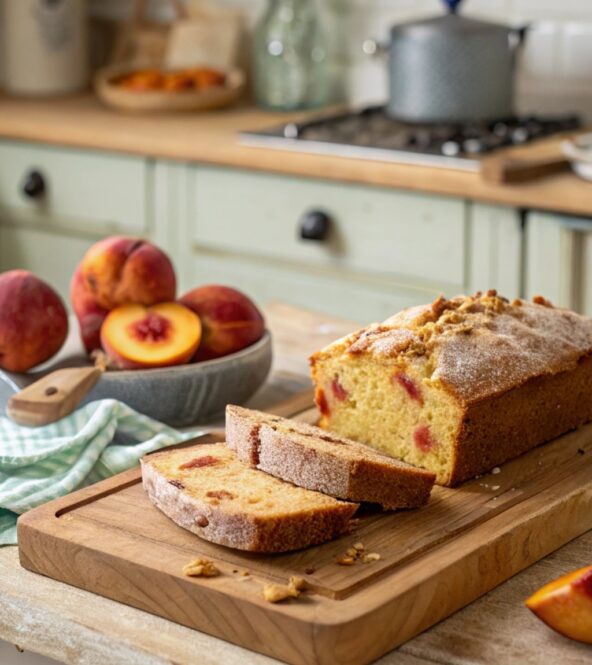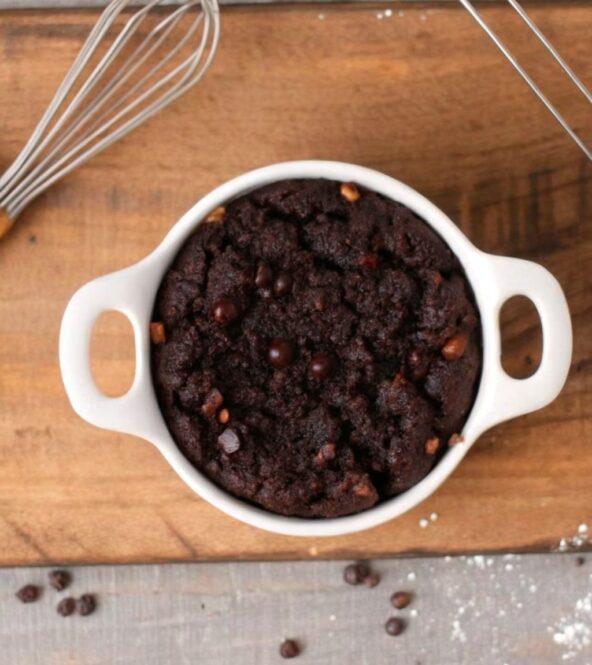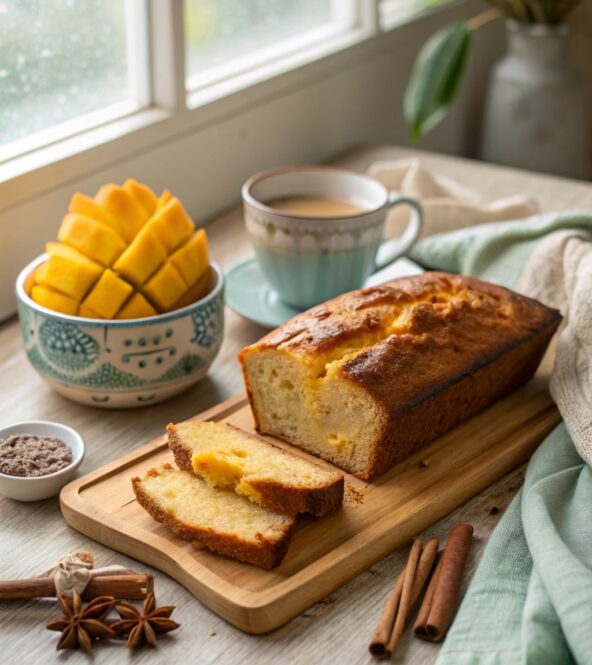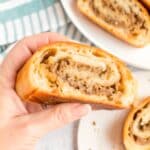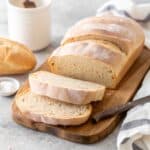Advertise In KARINOKADA
1096x160
Garbage Bread Recipe That Turns Leftovers Into a Melty, Cheesy Dream
When I was little, I would peek over the wooden counter in my Kyoto kitchen, watching my grandmother roll dough with quiet grace Her meals were...
The Ultimate Quick and Easy Mozzarella Sausage Bread Recipe
For many families, an appetizer that feels like a full meal truly wins the day This simple, delicious Sausage Bread recipe certainly delivers on...
The Best Italian Bread Recipe: Bake Soft, Crusty Loaves at Home
I still remember the scent Every Sunday, my grandmother baked a loaf of italian bread recipe She made it seem so simple, a few scoops of flour, a...
About Me
Karino Kada
I’m Karino Kada, a Japanese girl born and raised in Kyoto, where the heart of every home is the kitchen, and my grandmother always said that cooking is the purest form of love. Since I was little, I loved watching my mother shape onigiri with sea salt and gentle hands. Every recipe I learned brought me closer to my roots, to my story, to who I am. I share recipes that blend the comforting flavors of Japan with the fresh spirit of my life in America. I love creating

Top Categories
Newsletter
Special Dish
Subscribe to our Newsletter
Popular Topics
Instagram Feed
Special dish
Get the book of most popular recipe








